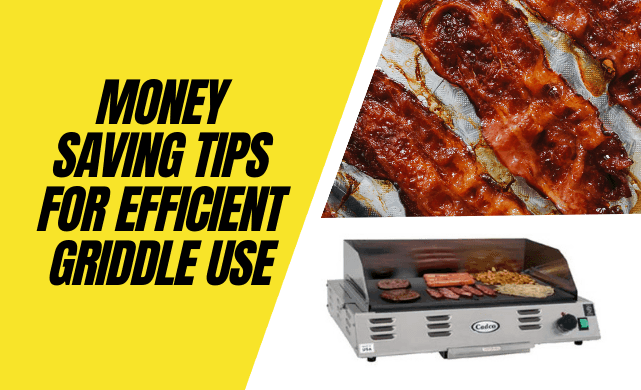There’s currently a new commercial advertisement for Chipotle restaurants emphasizing that the griddle is the heart of their operation. This statement holds true—anyone who has worked in the kitchen knows that a quality commercial griddle is the backbone of the fast-food industry. Whether it's in college dining halls, long-term care facilities, or quick-service restaurants, nearly every commercial kitchen relies on some form of griddle for cooking. A griddle typically consists of a flat metal surface that transfers heat directly to the food being prepared through a thin layer of oil or grease. This layer can either come from the food itself (like in the case of a hamburger) or be added separately, such as when cooking eggs. The purpose of this layer is to prevent food from sticking to the cooking surface. Commercial countertop electric griddles, gas griddles, or stovetop versions can handle a variety of dishes, from bacon and eggs to chicken, fish, burgers, and steaks. In fact, almost anything cooked in a frying pan can also be prepared on a griddle. Some chefs even use the hot surface to warm small pans, like melting butter. Given the popularity of griddles, here are some practical tips to help you save money in your commercial foodservice operation: • Only heat the sections of the griddle you need for the specific dish you’re preparing. Many larger griddles come equipped with multiple burners, but you don’t need to heat the entire surface if you’re making a small batch. • Preheat the griddle only until it reaches the optimal cooking temperature. Overheating wastes energy unnecessarily. • Adjust the temperature settings based on the food you're cooking. Setting the griddle too high doesn’t speed up the heating process. • Turn the griddle down or off during slower periods instead of keeping it running at full capacity. • Use precooked or thawed ingredients whenever possible, as frozen foods require additional energy to defrost. • Cover your food when appropriate to retain heat and reduce energy consumption. • Clean the griddle surface thoroughly between cooking sessions. Some surfaces require specific tools, so refer to your user manual for guidance. • Regularly clean and re-season the griddle after each cleaning session to maintain its performance. • Periodically inspect your griddle for hot or cold spots by testing each section individually. • On gas griddles, ensure that the flames burn blue. Adjust the gas-to-air ratio as needed for efficient fuel usage. Remember to always follow safe cooking practices alongside these energy-efficient tips.
